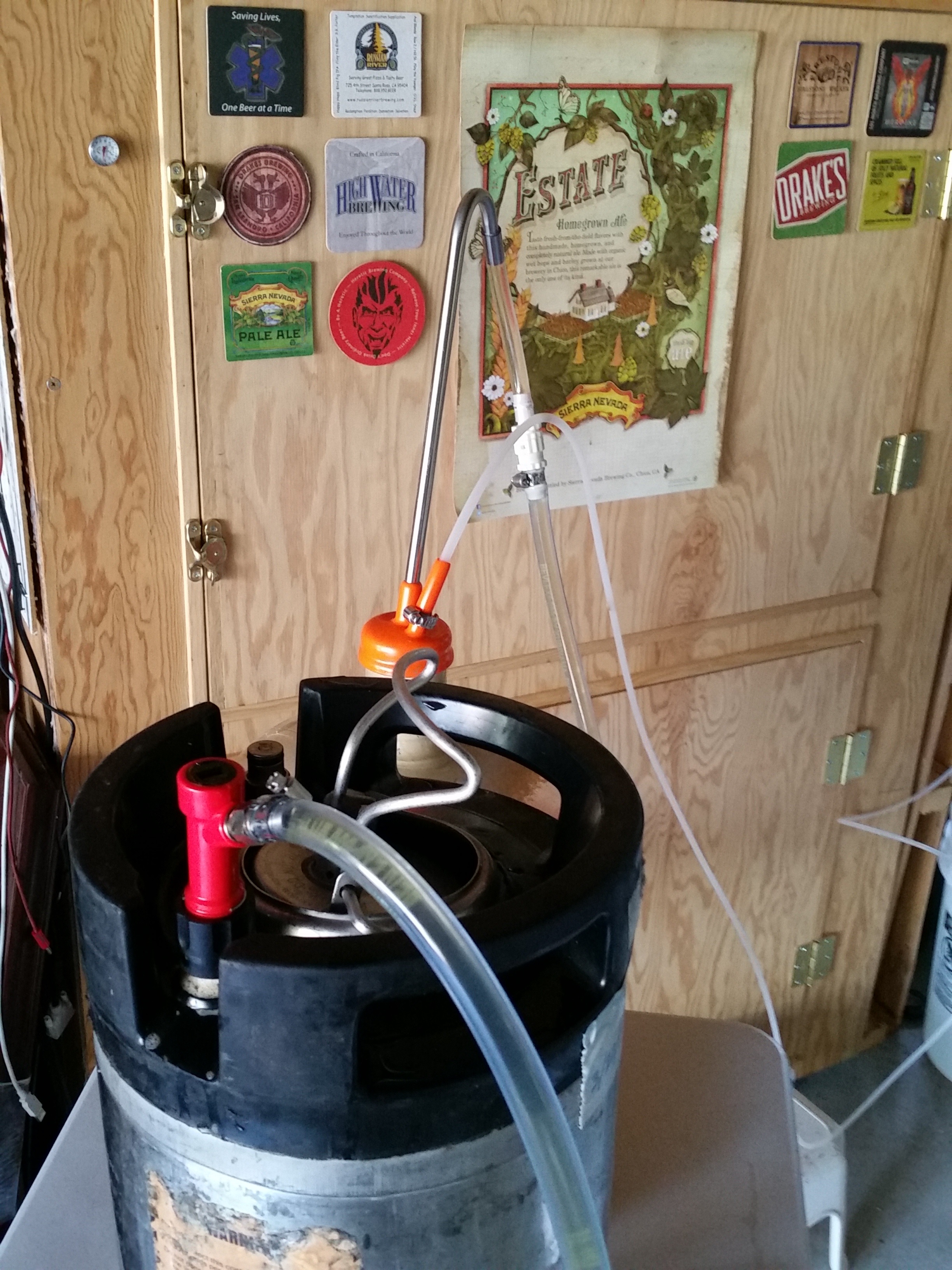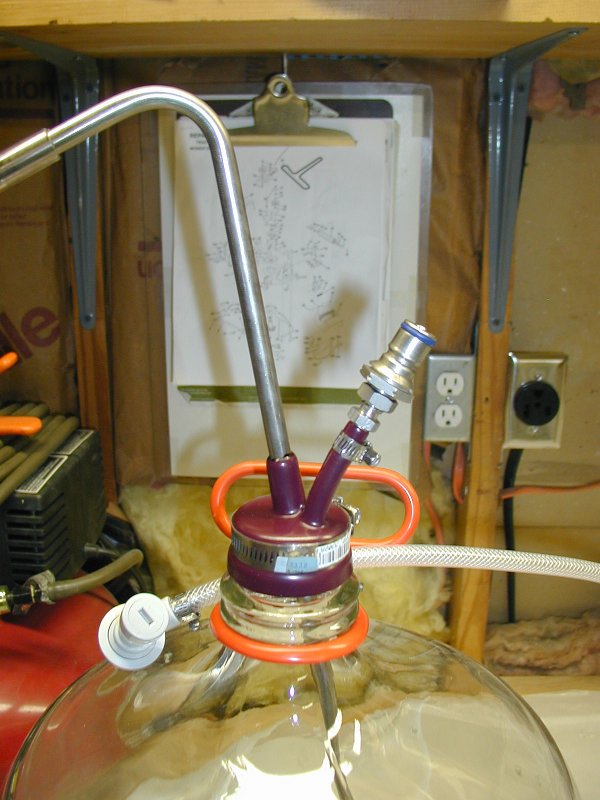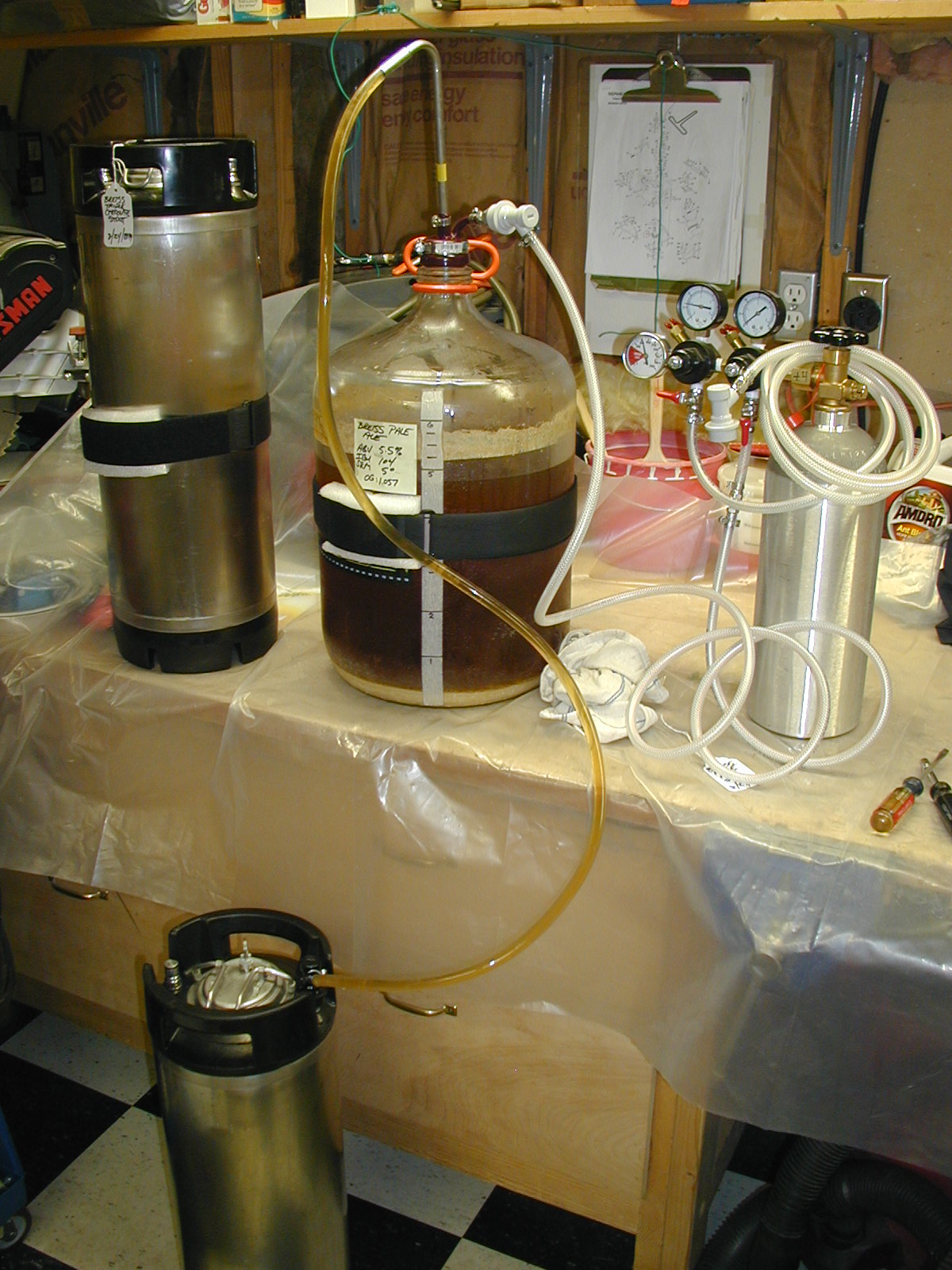I prefer to use carboys for primary and aging. The couple of buckets friends/family used lost their ability to seal perfectly early on. While open and covered but not sealed primaries are fine, doing so for aging has bad idea written all over it. Also my line of work has constantly changing hours, and on occasion I end up bulk aging in primary because I can't even find the time of day to rack.
Due to circumstance I also use gelatin at room temperature to help clear most beer after fermentation. While it does work, it certainly isn't optimal or as fast as cold crashing. But I play the cards I'm dealt. Carboys allow me to see if things have clarified yet or still need some time.
Cleaning is a bit of a pain around the krausen line, but that's about it. Usually give it a vigorous rinsing, then a gallon of water and oxyclean. Flip it! Upside down if you have a way to stand it like so, on it's side in the bathtub and roll it 90 degrees every few hours, whatever needs to be. Reaching into a bucket with a cloth is fast and easy, they just don't work with my current needs.
In the future I'd like to get a couple of plastic big mouth bubblers for primary. They seem to be the best of both worlds. Clear, airtight, non-oxygen leaking, big enough to get an arm in for cleaning, droppable, probably less likely to explode with co2 racking compared to glass. But I'd like to invest in expanding my keezer capabilities first. External gas, 4 kegs inside without collar and tap towers, 6 kegs inside with collar and towers for front mounted taps, 6 and towers, oh the possibilities. As long as I'm done with opening the lid and fighting with a picnic faucet it'll make me happy.
Please weigh in bucket fermenters. Do you guys primary ferment in a bucket with spigot?
You think a spigot is easy to clean?
I think a spigot would make it easier to rack, and yeast harvest, but when I use one (for bottling) I always worry about the cleanliness of the spigot.
My father (and my first couple batches) were a bottling bucket primary for a week, 2 weeks in clearing vessel (carboy), then bottled from the bucket. No infections for either of us. The spigot isn't right at the bottom, but I'm sure you could drill where you'd like it to be and/or use a pick up tube.
Cleaning and sanitizing the spigot took just as long as doing the rest of the bucket. Perhaps longer. While not a difficult task it was time consuming because I knew that it was an ideal infection spawning location.












